Draft beer consumption in Romania increased the most in 2024, by 13%, from 2023, but Romania is still below its heyday pick of 2008, with a declining local purchasing power being one of the factors that led to this situation.
In fact, in 2024, after three years of consecutive decline, Romania's beer market stabilised slightly above the threshold of 15 million hectolitres, according to data with the Brewers of Romania Association. While between 2005 and 2023, the beer market had a relatively constant evolution, with average production at 16.6 million hectolitres, in 2008, beer production reached a peak of 20.2 million hectolitres, after 19.4 million hectolitres in 2007.
The lowest level on record was in 2014, of 14.9 million hectolitres.
"2024 was a year marked by sporting events. What did the sporting events do? Together with beer, with which they have something in common, namely socialisation, conviviality, as we like to say, they brought Romanians together. Where could they bring them together than on a pavement cafe, which led to an increase in the draft beer segment, but we are still below the peak in the heyday," Director General of the Brewers of Romania Association Constantin Bratu told a news conference on Tuesday .
Basically, two-three years after the COVID-19 pandemic, beer consumption in HoReCa did not recover due to price increases after successive increases in excise duties and inflation.
"I think that inflation, the surge in prices, had an impact and I think that during the pandemic, consumers in Romania have become accustomed to those prices in modern retail or traditional retail. Prices rose a bit quickly there and, rightly so because there are pertinent reasons why this has come to happen. On the other hand, I think we are still in an area where going out is only sporadic. We look at Western European countries, in the UK, 60% of the volume of beer is sold in HoReCa, 80% of the value. In Romania it is indeed 10.5%. In value, on the other hand, it is very close to 20%. I wouldn't necessarily say that it's a disaster compared with what it was in the past, but I think it has to do, first of all, with the industry, respectively with HoReCa, which suffered after the pandemic both in terms of the number of locations, and in terms of operating costs, and I think things will recover gradually. I see more and more Bucharest becoming a tourist destination. I think that things are starting to move, it's true, not at the pace we would like, but yes, we are still at a much, much lower level than what is happening outside with HoReCa consumption. I think that price is an important barrier today in terms of purchasing power. I think it's a problem of purchasing power now," said Chairman of the Brewers of Romania Association Mihai Voicu.
Bratu believes that, at the same time with an increase in the purchasing power, Romanians' mentality regarding the place of beer consumption must also change.
The chairman of the Brewers of Romania considers that it is more pleasant to drink a beer al fredo than at home.
"I think it's more pleasant to do this in an environment, I don't know, external than at home. It is not necessarily a major objective for us, but, on the other hand, if we look at everything that the HoReCa part means, it is also the one that can mean development, well-being, income for Romania, because one of the important factors is tourism, which is not at the level of the countries around us. I think that, in a way, things are connected in a bigger picture," Voicu said.
At the same time, he added that the decrease in HoReCa volumes after the pandemic is far below "what happened in traditional commerce," where over a million hectolitres were lost.
"If we think pragmatically, the decrease in the volume of HoReCa after the pandemic is far below what happened in traditional or modern commerce. We have lost, compared with previous years, about 1 million hectolitres, which do not come from HoReCa. The decrease in consumption caused by external factors - inflation, purchasing power - is reflected in all sales channels. More aggressively, if you will, off-trade. So, it is not necessarily correct that HoReCa is the one that pulls down, because 1,500,000 is a very large volume that has been lost and comes from all areas of sales channels," said Voicu.
According to him, Romania has lately caught up with developed countries in terms of beer consumption, but the well-being of the population is the main thing that can generate opportunities in the beer industry.
"We have come very close to developed countries. I think that today we are at the level of Poland, even of the Czech Republic, but, if we compare ourselves with the Western countries, I think that the main opportunity comes from the area of the wealth of the population, which I think has been visible in recent years. It is clear that Romania has registered a significant growth. I don't want to refer to GDP, because a correlation may not be the right one, but I think yes, the personal wealth of the population is the main thing that can generate opportunities in the beer industry. And, obviously, the competition we have with the other categories, where we say that we try to be more innovative, more open, more transparent, so that we somehow show that we are in an area where quality comes first, because this is a very important thing to remember: even if there have been difficult times in the last three years, there has never been a compromise on investing for quality or sustainability in Romania and I think that at the moment the consumer appreciates this," Voicu concluded.
In Romania, local beer producers cover more than 97% of national consumption through domestic production. Thus, the beer industry is one of the few economic sectors that manage to meet almost the entire local demand with local products.
In 2024, beer imports were relatively at the same level as in 2023 (+0.4%), with intra-EU imports accounting for 81% of the total. Imports accounted for 3% of domestic consumption in 2024.
As for Romania's beer exports, they decreased by 20% in 2024 from 2023, to 2.2% of domestic production, in line with a long-term production model, which primarily serves a strong and stable domestic market. The Romanian beer sector is anchored in local consumption patterns, with fresh, locally brewed beer being preferred.
According to the association, modest export levels also reflect broader market dynamics. Beer's relatively high transportation costs and sensitivity to freshness make local sales more efficient and economically viable. The trend is not unique in Romania, but common in beer-producing countries, where a well-developed domestic market naturally absorbs most of the production.

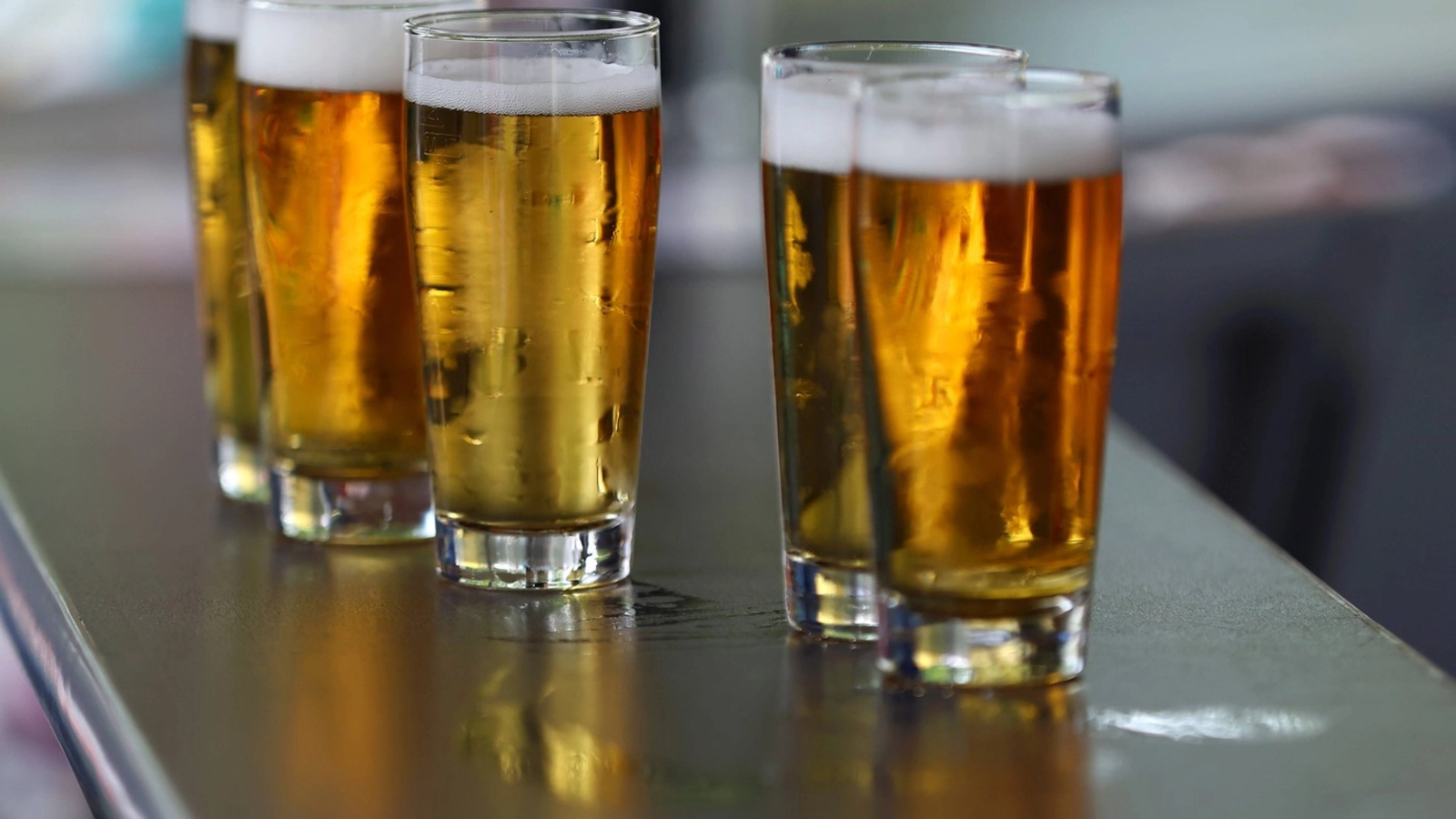




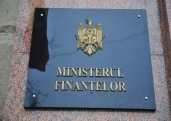






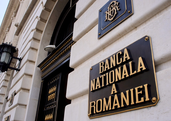
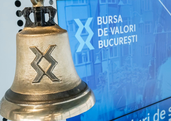
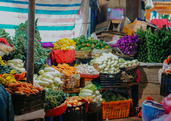

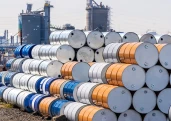










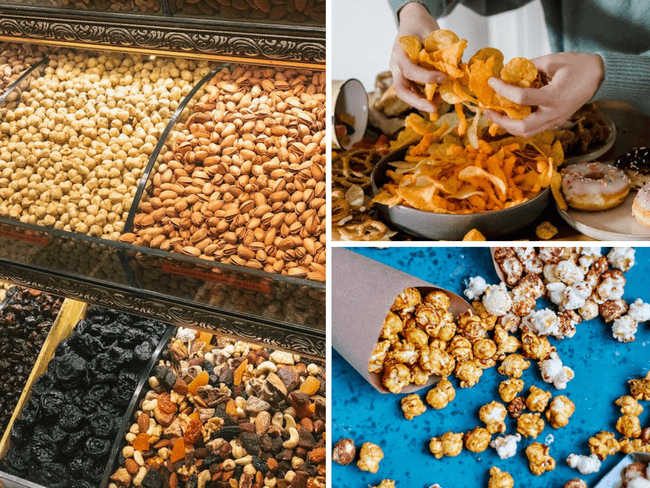



Comentează